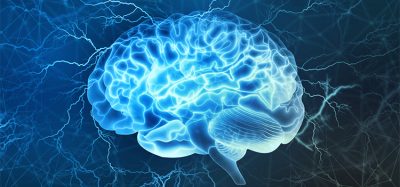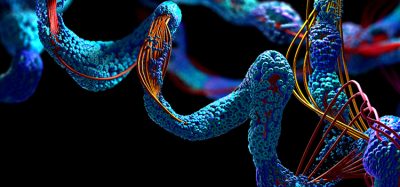New compound may reduce erratic movements in Parkinson’s patients
Posted: 2 December 2021 | Anna Begley (Drug Target Review) | No comments yet
Scientists identify a drug candidate to minimise erratic muscle movements, called dyskinesia, associated with Parkinson’s disease.

A new study from the Texas Biomedical Research Institute (Texas Biomed), US, and collaborators has identified a promising drug candidate to minimise uncontrolled, erratic muscle movements, called dyskinesia, associated with Parkinson’s disease.
The small molecule, called PD13R, reduced dyskinesia by more than 85 percent in the marmoset animal model of Parkinson’s disease. Moreover, the animals got much better sleep taking this compound compared to another drug often prescribed for dyskinesia.
NEWS: Gene therapy bolsters Parkinson’s drug benefits in pre-clinical study
Dyskinesia is a common side effect in patients with Parkinson’s disease. It is not a symptom of the disease itself, but typically emerges about five years into taking levodopa, the leading medication used to restore balance, reduce shaking and manage other motor control issues patients experience.
“Levodopa is amazing, it works like magic, but it has side effects. If we can eliminate these side effects, it could change the life of patients with Parkinson’s,” stated lead author and associate professor Marcel Daadi.
Designing drugs for Parkinson’s and its side effects is notoriously difficult in part due to the progressive nature of the disease as neurons deteriorate, and because it involves the neurotransmitter dopamine. the researchers explained. There are five types of dopamine receptors, all with different functions, yet very similar structures. Finding a compound that only interacts with the desired receptor is therefore a major challenge.
The team searched for a compound that only binds to dopamine receptor 3 (D3) and identified PD13R as a likely candidate and predicted how it would bind to D3. They then explored how well the compound targeted the D3 receptor compared to the other dopamine receptors in cell culture tests and found it had a 1,486-times higher selectivity for D3 than for D2, which is the most similar in structure.
The researchers subsequently administered PD13R to the marmoset animal model of Parkinson’s. The animals wore activity monitors, and with PD13R, their activity was low at night, when they normally sleep. In contrast, when given a different drug currently on the market for dyskinesia, their nighttime activity was significantly high, suggesting that PD13R may be a good treatment option without this side effect. “We were very excited to see the robust antidyskinetic effect of the drug,” Daadi commented. The results are detailed in Experimental Neurology.
NEWS: $9 million grant awarded to uncover whether Parkinson’s starts in the nose
Daadi and his team plan to continue with safety and efficacy studies required by the US Food and Drug Administration (FDA) before human clinical trials can begin. “I am very hopeful we can move this into Phase I clinical trials within two years,” Daadi posited.
Related topics
Drug Development, Drug Discovery, Drug Targets, In Vivo, Molecular Targets, Small molecule, Therapeutics
Related conditions
Dyskinesia, Parkinson's disease
Related organisations
Texas Biomedical Research Institute (Texas Biomed)
Related people
Marcel Daadi







